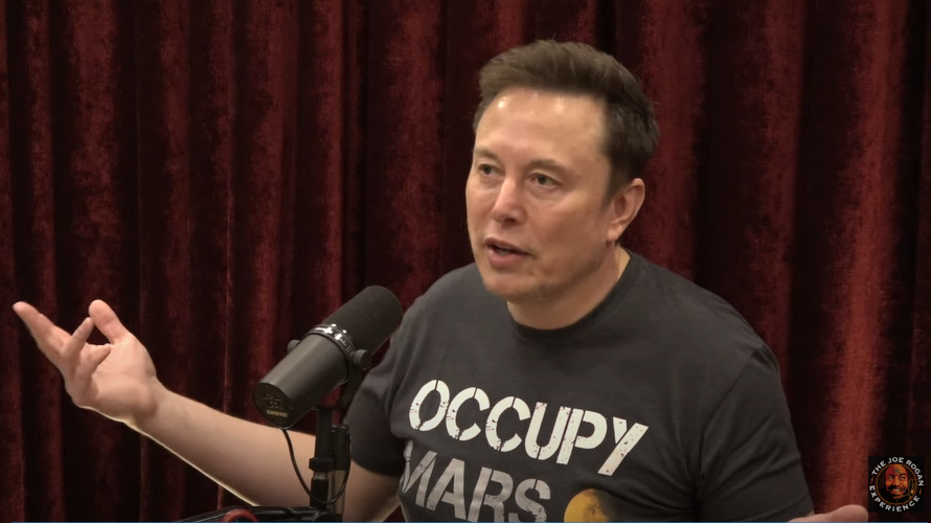SpaceX’s Ambitious Mars Mission: Starship Set to Launch by 2026

Elon Musk has officially unveiled plans for SpaceX’s Starship to embark on its maiden voyage to Mars at the end of 2026. This groundbreaking mission will not only serve as a testament to human ingenuity but will also carry Optimus, Tesla’s highly anticipated humanoid robot. Musk has expressed optimism that if everything proceeds smoothly, humans could set foot on the Martian surface as early as 2029, though he acknowledges that 2031 is a more realistic timeframe.
The Power of Starship
Starship is heralded as the most powerful launch vehicle ever created. According to SpaceX, it boasts the capability to transport up to 150 metric tonnes in a fully reusable configuration, and an impressive 250 metric tonnes in an expendable format. In U.S. tons, this translates to approximately 165 tons for reusable missions and up to 275 tons when the vehicle is not designed for recovery.
An Enthusiastic Response from Optimus
Following Musk’s announcement, the official X account for Optimus responded with a succinct yet intriguing message: “Hold on.” This playful comment hints at the excitement surrounding the mission and the anticipation of what lies ahead.
Musk’s Vision for Humanity
Elon Musk has long been vocal about his aspiration to colonize Mars. Recently, he was spotted in the White House wearing a shirt emblazoned with “Occupy Mars,” a clear indication of his commitment to this vision. On SpaceX’s website, he shares his enthusiasm, stating, “I can’t think of anything more exciting than going out there and being among the stars.” This sentiment captures the essence of SpaceX’s mission to make humanity a multiplanetary species.
A Thrilling Week for SpaceX
Musk’s announcement comes during a particularly exhilarating week for SpaceX. Just days prior, SpaceX and NASA successfully launched a crewed mission to the International Space Station (ISS). This crew is set to replace astronauts Butch Wilmore and Suni Williams, who have been stationed in space for an extended nine months.
Challenges in Space Exploration
Wilmore and Williams were initially launched aboard Boeing’s Starliner on June 5, 2024, with a scheduled return to Earth on June 13, 2024. However, unfortunate thruster failures and helium leaks prompted NASA and Boeing to prioritize the safety of the astronauts, opting to keep them aboard the ISS rather than risk a potentially perilous return journey.
Conclusion
SpaceX’s plans for a Mars mission signal a new era in space exploration, combining advanced technology with a bold vision for humanity’s future. As we await further developments, the excitement surrounding these ambitious endeavors continues to grow.